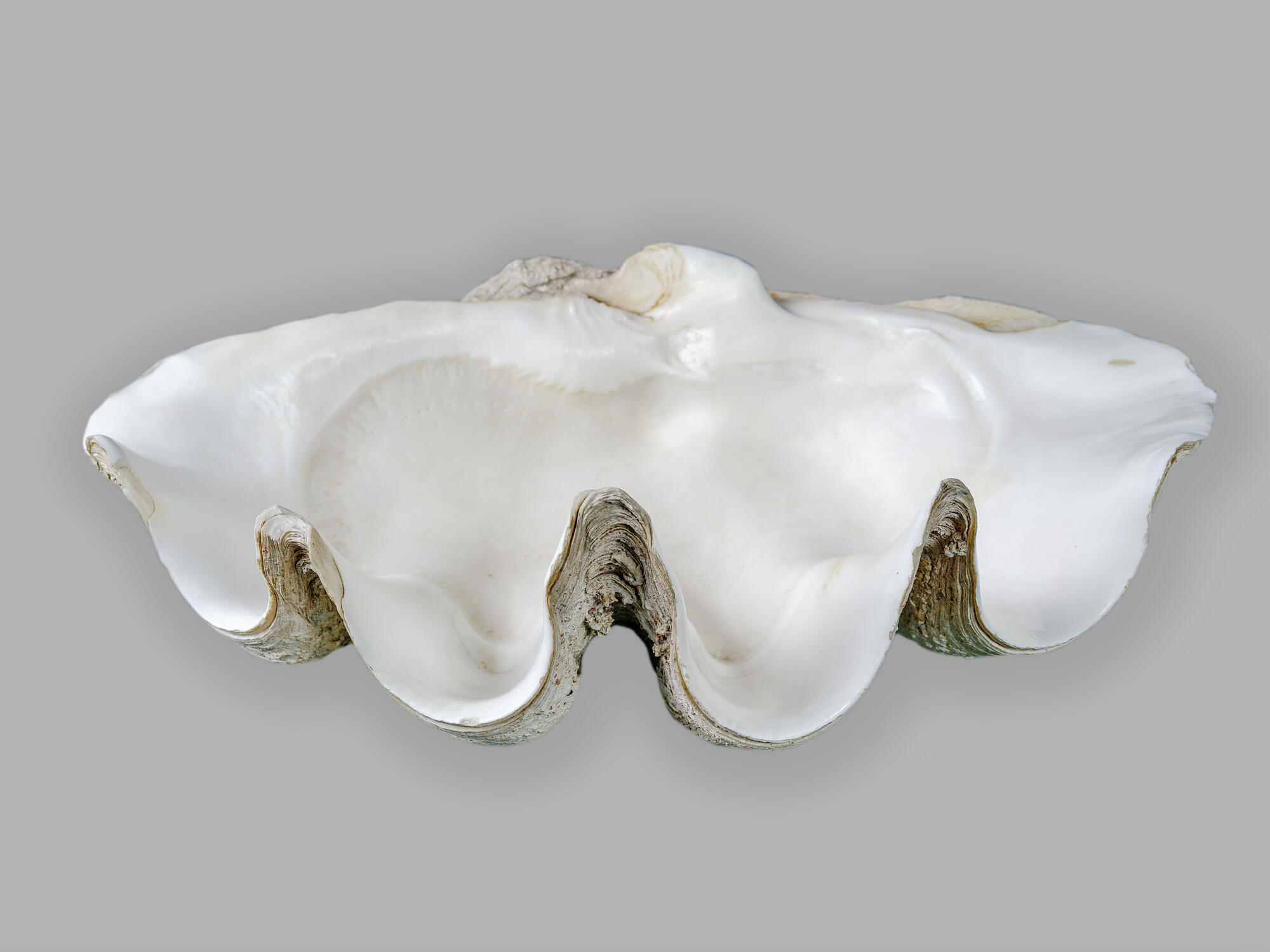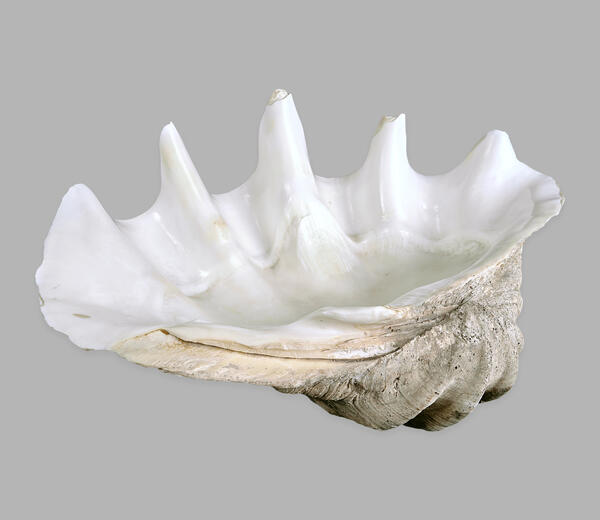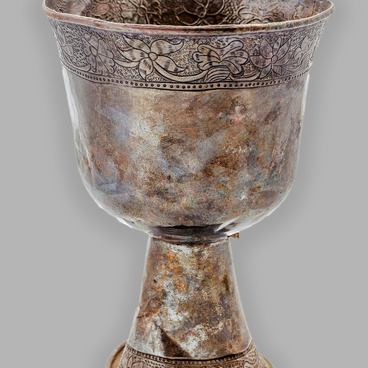The giant clam, or Tridacna gigas, is the largest species of marine bivalve molluscs. On average, their shell reaches 1.5 meters in length and weighs 200 kilograms. Giant clams inhabit the reefs of the Pacific and Indian Oceans. They can live as long as 100–200 years.
Giant clams are hermaphrodites and reproduce by producing thousands of larvae. Larvae travel with plankton in the sea currents for the first few days of their lives, and then the young giant clams sink permanently to the seabed and begin to grow. They live at depths of up to 100 meters.
The shell grows 6–10 centimeters a year. While growing in one place, the giant clam is covered by a layer of silt and algae, with crabs often occupying partly the inside of the shell. The giant clam is classified as a filter feeder: it filters water through itself, trapping unicellular algae and micro-organisms inside.
There are cases when the shell clamped, and the person had to release their trapped limb with the help of a knife. It is a result of the animal’s reflexive characteristics, and not its aggression. The giant clam is capable of producing pearls: large specimens for jewelry, smaller ones — only for souvenirs.
The giant clam has unusual pigmentation, ranging from gray and green to blue and purple, because the folds of its mantle are inhabited by protozoan organisms, single-celled algae. Another peculiarity of giant clams is their location in the ground. Unlike most other bivalve molluscs, they lie on the bottom with their ventral rather than dorsal side up. Over the course of evolution, this has led to a unique layout of the mollusc’s internal organs.
Historically, humans ate giant clams: hunters would often cut off the clam’s adductor muscles and carve the meat at depth, rather than lift the huge shell to the surface. Rare or particularly beautiful shells are used as ornamental material or interior decoration. For example, a shell of a giant clam has served as a font in the church of Saint-Sulpice in Paris, since the 16th century.
Before Europeans appeared on the Philippine
islands, the natives used discs carved from tridacna shells as money. For one
disc of 30 centimeters in diameter, they could buy several hundred coconuts. It
was not easy to carve each of these coins: the craftsmen had to work for a
month.



